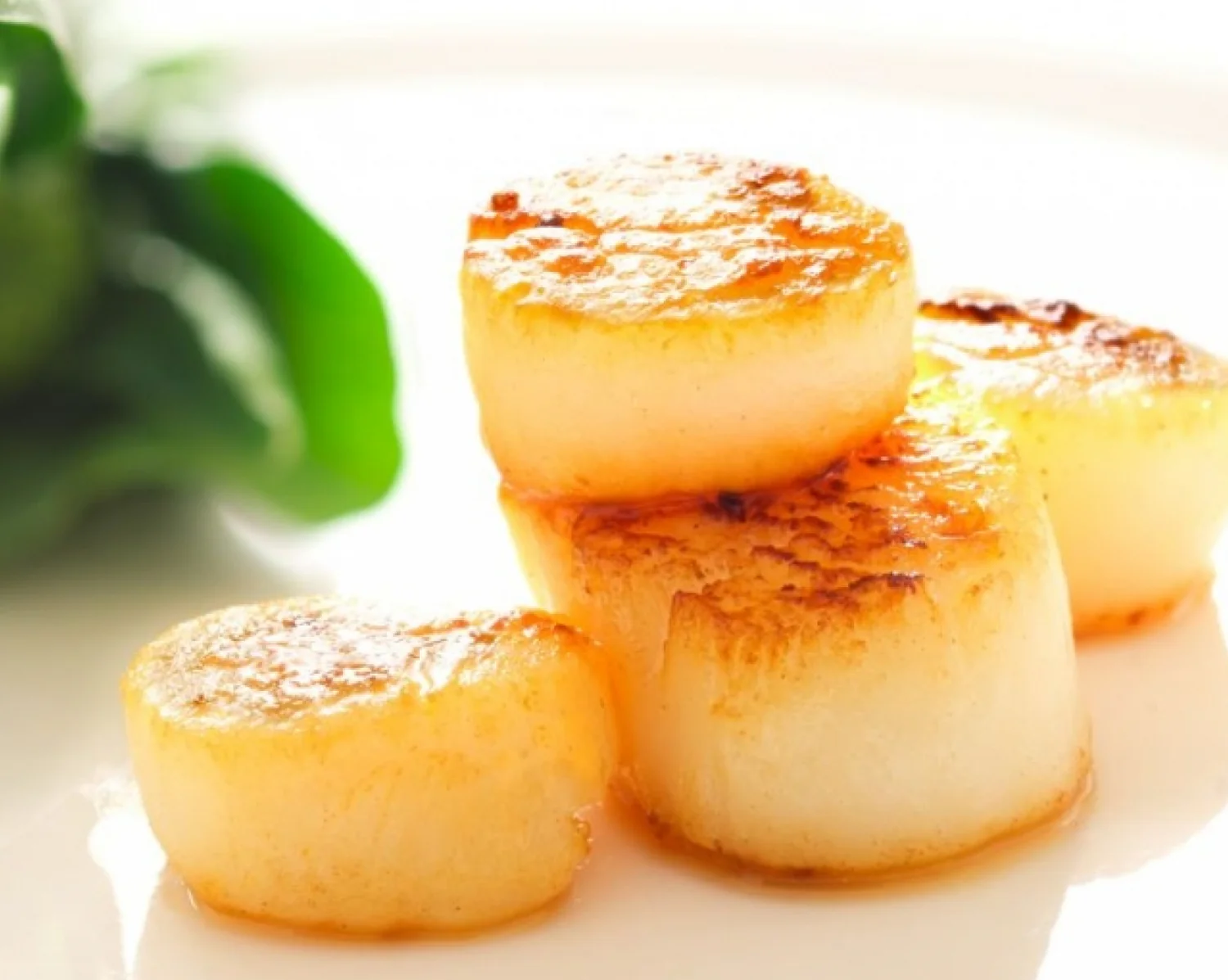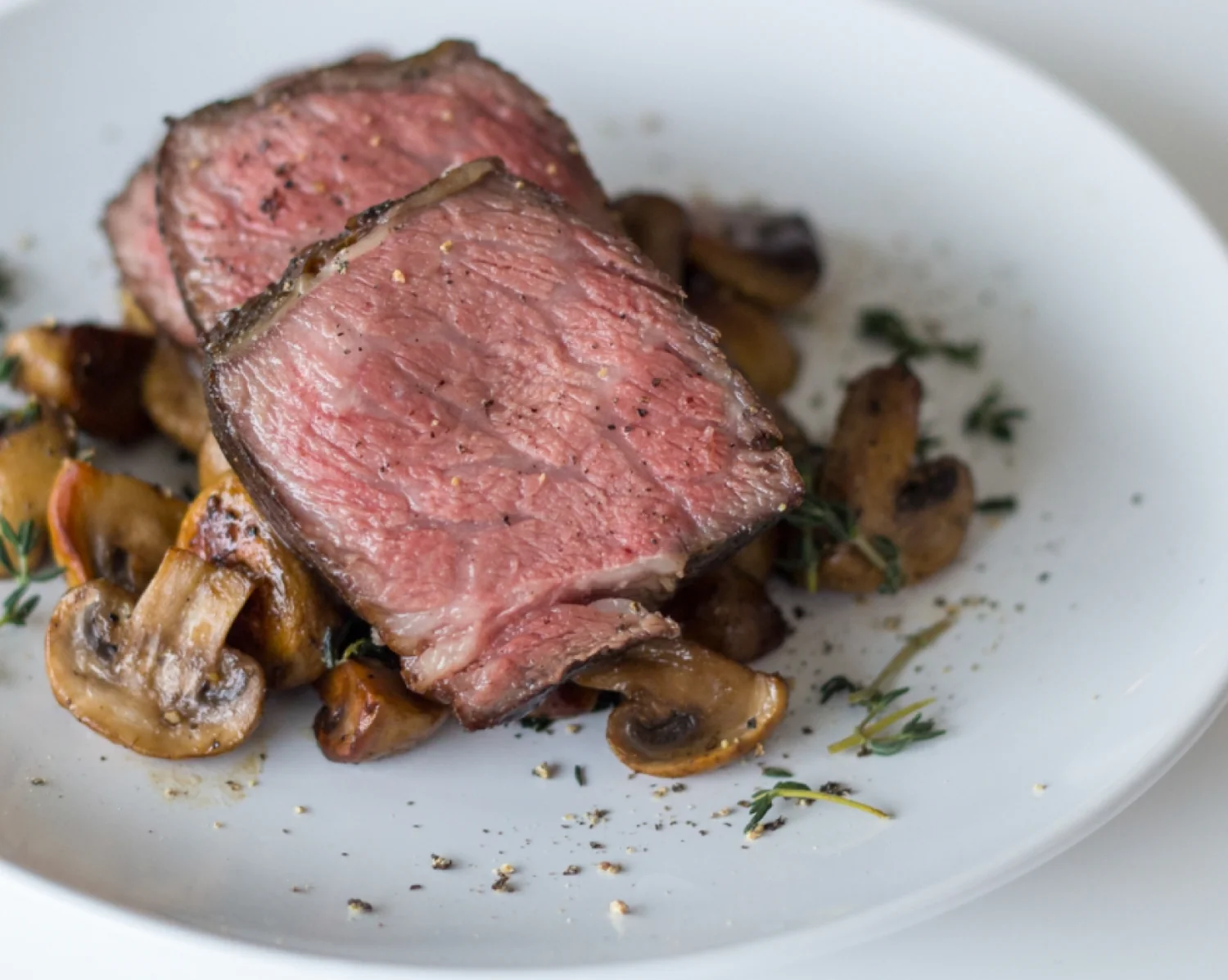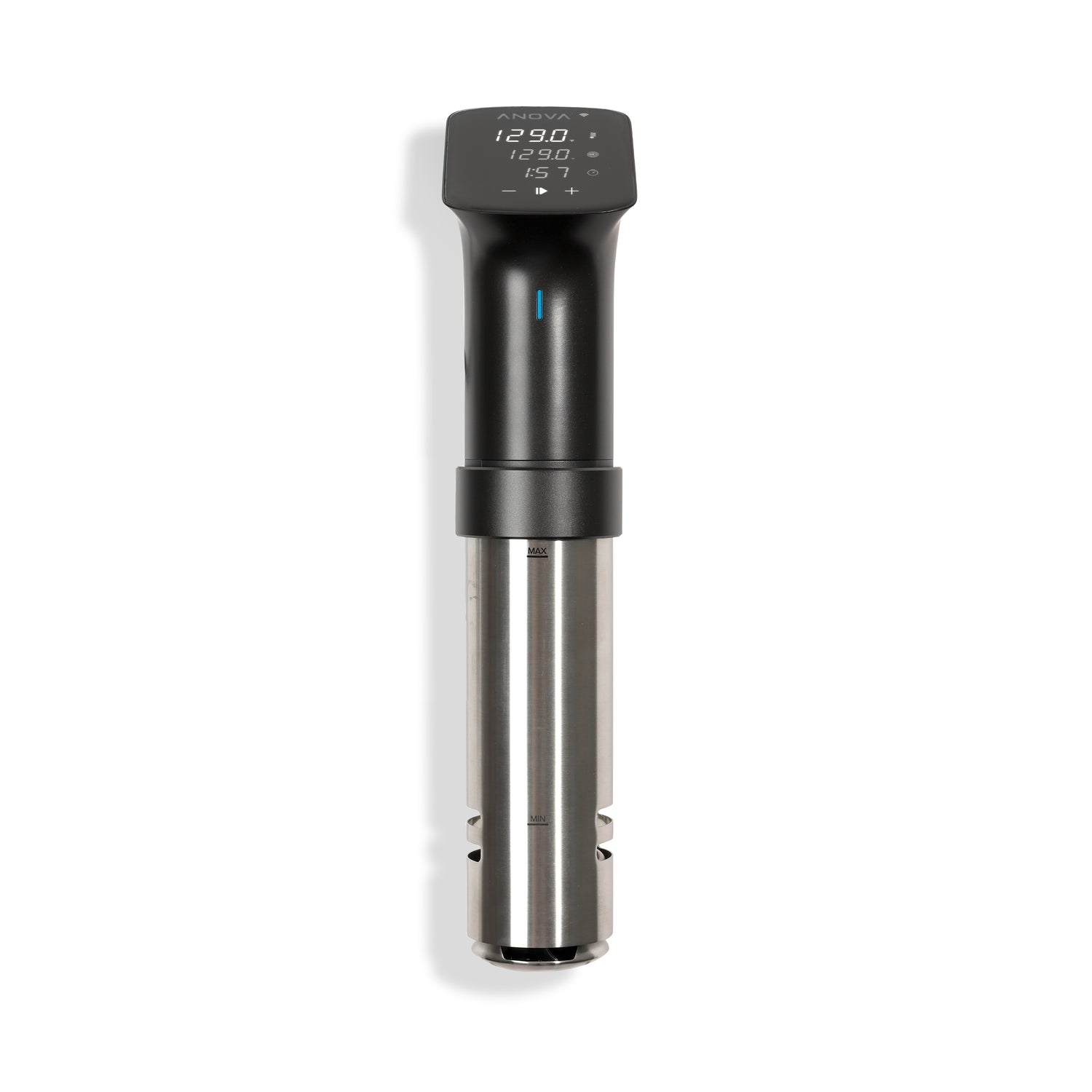
Sous Vide Resources
The Basics
Get the lowdown on everything from the sous vide basics to comprehensive cooking guides on Serious Eats with The Food Lab. Check out Sous Vide 101 by J. Kenji Lopez-Alt.
Make the most of your sous vide container and discover which is best for you with the Sous Vide Container Guide.
Find your perfect packaging with Anova's Simple Guide to Sous Vide Packaging.
Add the perfect finishing touch to your steak with the Comprehensive Guide to Searing.

Ask the Anova Community
Our robust community is full of great ideas, and we rely on them for sharing new ways to use the Anova at home.
Need a solution to keep floating bags submerged?
Concerned about wasting water?
Unsure of the best vacuum sealer to purchase?
Want to create your own sous vide cooler? Check out for an Anova Frankencooler DIY Guide.
Whatever your sous vide endeavor, our community forum has answers.
More Great Sous Vide Resources
Sous Vide Wizard
Sous Vide at Home with Douglas Baldwin
Cooking Issues Blog
Amazing Food Made Easy

